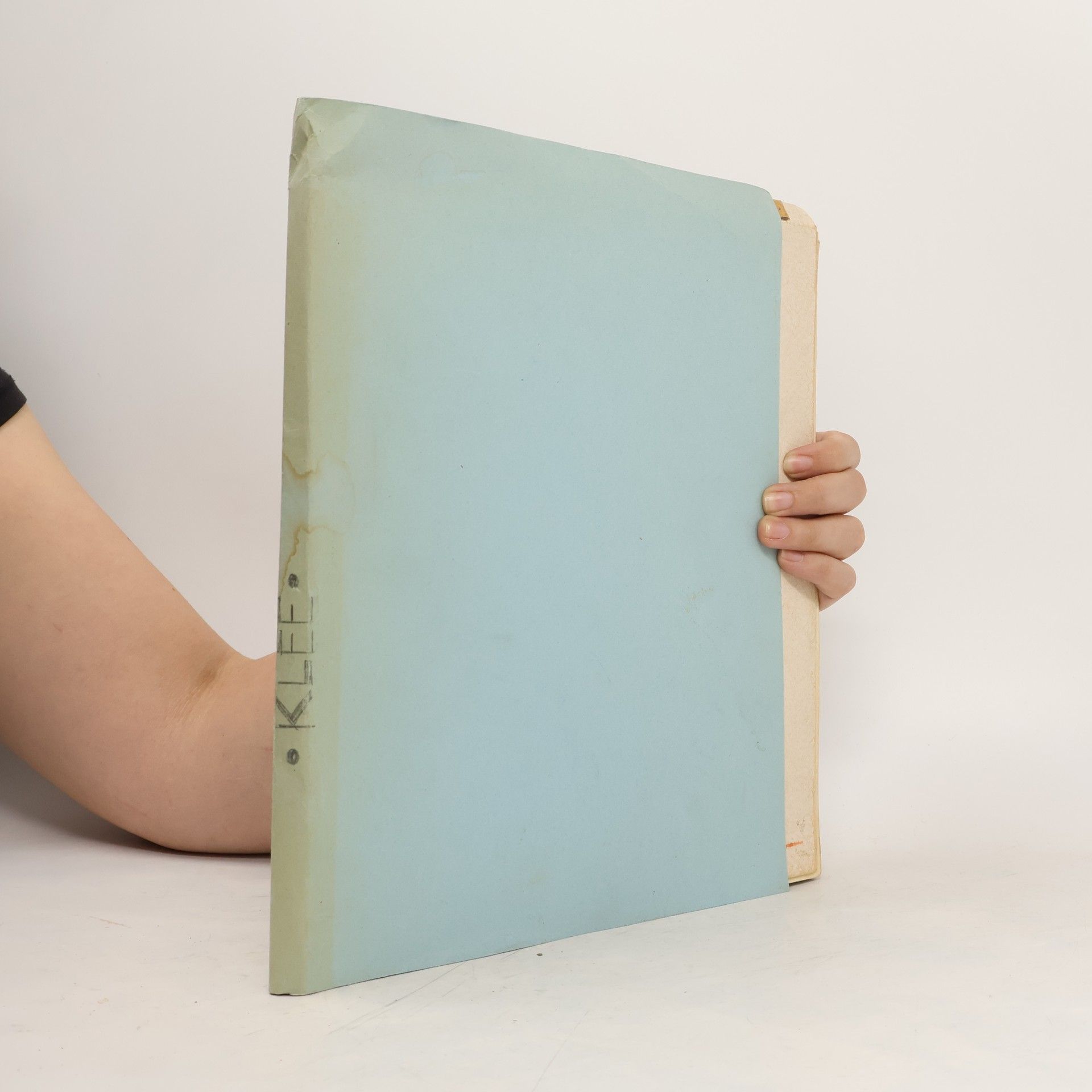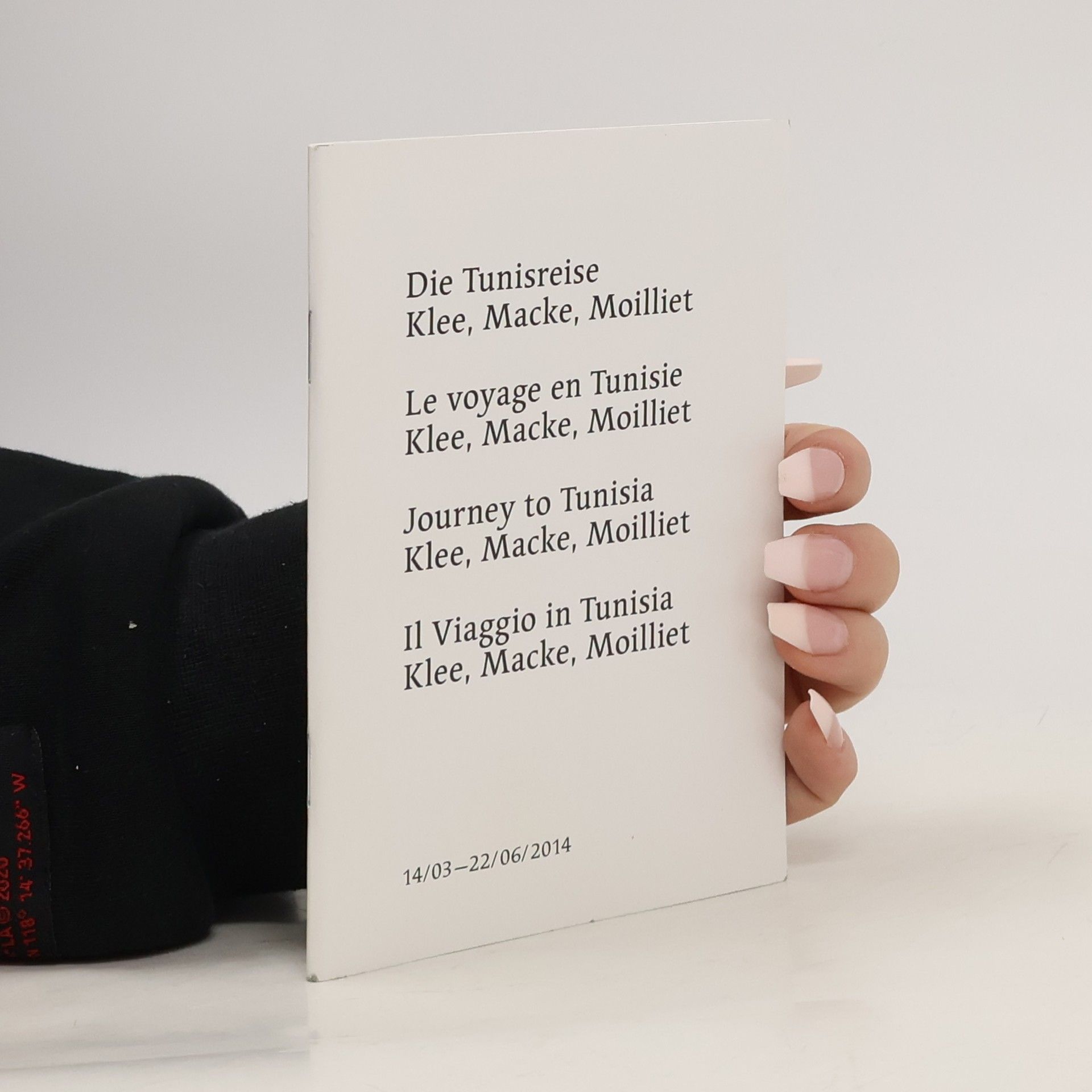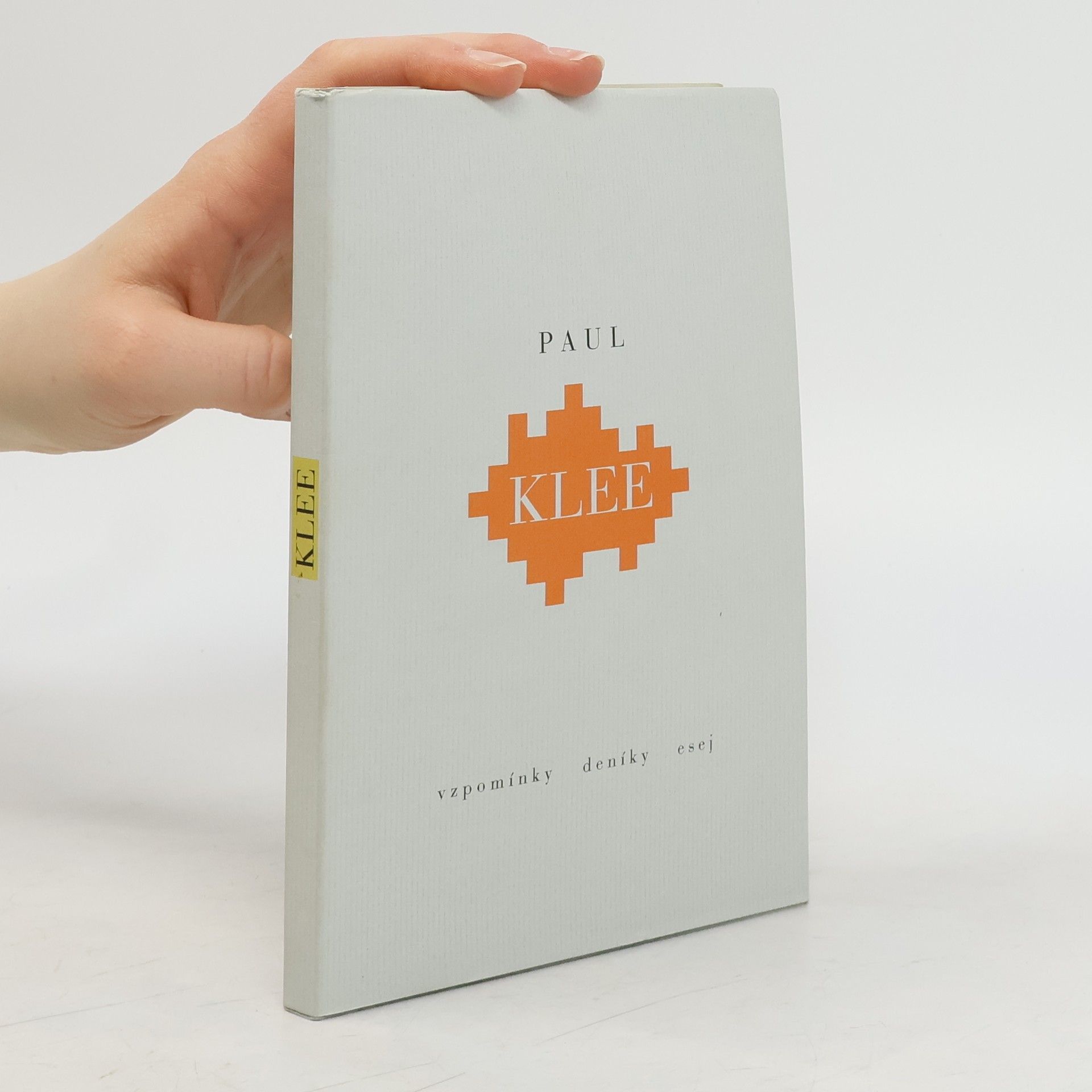Kleeova esej „O moderním umění“ související s umělcovou tvorbou je doplněna ukázkami z deníků, v kterých autor definuje sám sebe. Pro edici De arte byla vybrána malá část z deníků, které obsahují celkem 1134 záznamů. Záznamy z let 1880-1895 (Vzpomínky na dětství, záznamy z let 1897-1898 (Gymnazista) a z let 1898-1901 (Mnichov) obsahují vzpomínky na první dětské vjemy. Ukázky z Deníků III. (1903-1916) zachycují pocity z úspěchu prvních výstav a výpověď o pocitech z vlastní tvůrčí práce. Doslov Kleeova syna Felixe, z původního vydání deníků, je uveden na začátku výboru s názvem Vzpomínky na otce.
Paul Klee Knihy
Paul Klee bol umelcom s vysoko individuálnym štýlom, ktorého tvorba čerpala z expresionizmu, kubizmu a surrealizmu. Bol tiež študentom orientalizmu a prirodzeným kresliarom, ktorý experimentoval s teóriou farieb a majstrovsky ju ovládol. Jeho spisy o teórii formy a dizajnu sú pre moderné umenie zásadné. Kleeove práce odrážajú jeho suchý humor, občas detinskú perspektívu, osobné nálady, presvedčenie a hudobnosť.






Creative Confession and Other Writings
- 32 stránok
- 2 hodiny čítania
Creative Confession brings together three short critical texts written by Paul Klee (1879–1940), one of the most distinctive artists of the early 20th century. Reflective and often lyrical, the essays exemplify Klee’s artistic thinking and his relationship with the creative process. Titled “Graphic Art” (published as “Creative Confession,” 1920), “Ways of Nature Study” (1923), and “Exact Experiments in the Realm of Art” (1928), the texts arch into each other through common and overlapping concerns. The goal of these writings was to draw a wider public into a dialogue that Klee was already having with the world around him through his art. He said, “Art does not reproduce what is visible, instead it makes it visible,” and thus he talks readers through his own creative confessions. This compact new edition includes a postscript by Tate curator Matthew Gale.
Die einzigartigen Werke des Malerphilosophen sind in diesem farbenprächtigen Band fesselnd kommentiert. Analytische Formen und leuchtende Farben: Paul Klee legte in seinen Bildern Wert auf die Komposition der gestalterischen Mittel; dem Betrachter jedoch überlässt er es, die menschlichen Hintergründe seiner Bilder zu interpretieren. Der vorliegende Band liefert eine prägnante Charakterisierung dieses einzigartigen Malers und Philosophen.



